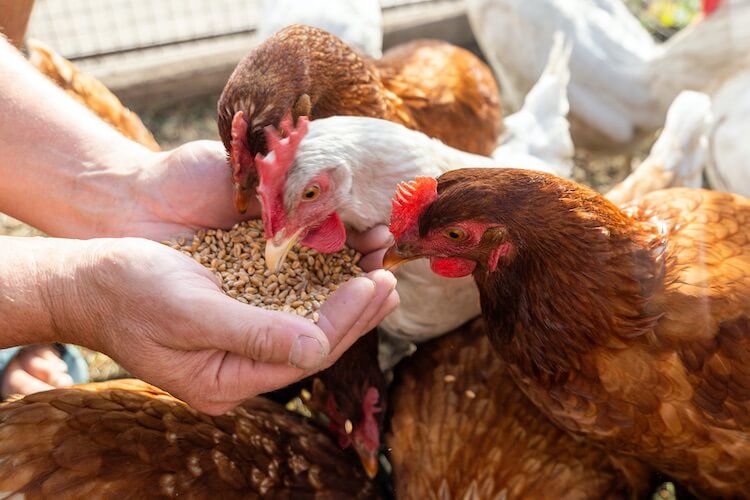A shortage of protein resources in poultry feed is a significant limiting factor affecting poultry productivity. Additionally, nitrogen emissions from the poultry industry pose an increasing environmental concern, influenced by dietary amino acid balance. Optimizing protein raw material consumption and enhancing gut microbiota through proper high-quality protein intake is a key strategy to address these issues.
A team of Chinese researchers investigated the optimal protein supply in poultry diets to achieve cleaner egg production and more efficient, healthier breeding of laying hens. Their findings were published in the Journal of Science of the Total Environment in February 2024. The study evaluated the impact of varying dietary protein levels on egg production performance, gut microbiota, and host metabolism in laying hens.
### Data Collection
The researchers used 360 commercial laying hens, 38 weeks old, and randomly allocated them into four treatment groups. The experimental diets were similar in apparent metabolisable energy and nutrient levels but varied in crude protein content: 13.85%, 14.41%, 15.63%, and 16.30%. They recorded initial and final body weight, total number of eggs, and total egg weight daily. Additionally, they calculated daily egg mass, egg weight, egg production, average daily gain, average daily feed intake, and feed-egg ratio.
Every four weeks, 60 eggs were collected before the experiment and 30 eggs from each treatment group during the experiment to assess egg quality parameters, including shell strength, shell thickness, eggshell color, Haugh unit, yolk color, and egg weight. The team also weighed the eggshell, yolk, and albumen separately to calculate their percentage of egg weight. They evaluated nitrogen efficiency and emissions using acid-insoluble ash as an endogenous indicator. DNA was extracted from cecal microbiota to profile the microbial community, and blood samples were collected to analyze serum biochemical indices. Post-slaughter, the weights of the liver, kidney, abdominal fat, fallopian tube, and ovary were measured.
### Impact of Protein Levels
Feeding laying hens 15.63% and 16.30% crude protein increased final body weight, average daily gain, egg production, and daily egg mass while decreasing the feed-egg ratio. Hens fed 13.85% crude protein produced heavier eggs compared to those fed 14.41% crude protein. Additionally, 15.63% crude protein improved eggshell thickness compared to the 14.41% group and eggshell strength compared to the 16.30% group. However, 16.30% crude protein reduced yolk color compared to the 13.85% group.
### Reproduction Tract Morphology
Hens fed with 14.41% crude protein had the smallest yellow follicles compared to other groups. The diet supplemented with 15.63% crude protein resulted in the maximum oviduct length, ovary weight, and ovarian weight. Feeding hens 16.30% crude protein increased serum urea concentration and IgG and IgM levels. A diet of 15.63% crude protein also enhanced antioxidant capacity. Increasing dietary protein levels led to increased diet nitrogen excretion, daily nitrogen excretion, and egg nitrogen excretion.
### Microbiome
The highest bacterial species diversity and richness were observed in hens fed 15.63% crude protein. Bacteroidetes, Firmicutes, and Actinobacteria comprised more than 90% of the total gut microbial community. The researchers concluded that a dietary protein level of 15.63% improved laying hens’ production performance and reproductive tract morphology. Additionally, the 13.85% and 15.63% groups exhibited increased crude protein utilization rates. Therefore, a dietary protein content of around 15.63% appears to be most beneficial for laying hens.
The article was authored by Meiling Liu, Shunju Geng, Qingfeng Wang, Jinqiu Mi, Lihong Zhao, Jianyun Zhang, Cheng Ji, Qiugang Ma, and Shimeng Huang from the State Key Laboratory of Animal Nutrition, College of Animal Science and Technology, China Agricultural University, and Feed Safety and Healthy Livestock, Beijing Jingwa Agricultural Innovation Center, and Hongliang Wang from the College of Resources and Environmental Sciences, National Academy of Agriculture Green Development, Key Laboratory of Plant-Soil Interactions, Ministry of Education, China Agricultural University, China.



